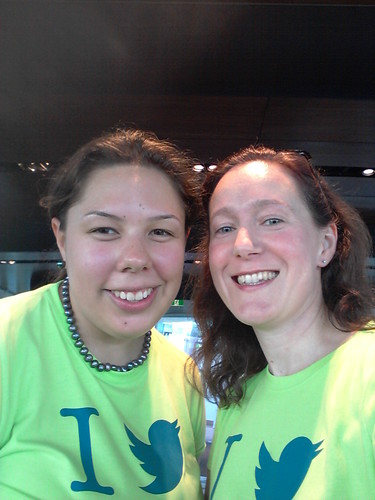
photo by Vincent Ma
Well, that’s a bold statement, isn’t it?! In one blog post I’m going to solve all your food and wine matching problems … I’m sure you all know that that’s not true!
A couple of weeks ago I chatted to Peter Godfrey about food and wine matching for Christmas. You can listen to the audio above, but I thought it would be useful to put together a few hints and tips here.
Straight up, I’d like to say that the most important thing is that you enjoy whatever it is you drink and eat. If that means drinking a sweet wine with a big juicy steak – then, while I’d suggest that for more most people there would be better matches, I think you should go with it.
If you’re a bit more flexible then here are some rough guidelines …
Match strong flavours in the food with a big, rich wine. When you think about your food, don’t think about one single ingredient – think about the whole plate and how it’s been cooked. For example, many people like the “rule” which suggests white wine with white meat and fish and red wine with red meat. But take chicken. A lightly poached chicken breast is a whole different ball game to one that has been rubbed with cajun spices and chargrilled or some joints that have been turned into coq au vin. This doesn’t mean you have to match a red wine with richer food: if you prefer white, look for a fuller bodied white, such as an oaked Chardonnay.
Avoid highly tannic wines (in particular Cabernet Sauvignon) with oily fish (salmon, tuna) as they can make the fish taste bitter. And avoid matching them with very spicy food: it will taste even spicier! If you want to go red, choose something ‘softer’, such as a Merlot. White – choose something with good acidity with the fish (Sauvignon Blanc, for example) and perhaps something with a touch of sweetness with the spicy food (an off dry Riesling or a Gewurztraminer).
Over on Facebook I asked for any food and wine matching conundrums. It’s always much easier to address a specific query than to come up with a general rule followed by all the exceptions!
The questions were:
What goes well with Pinot Noir other than duck?
– Pinot and duck is a classic pairing but Pinot Noir is actually a pretty versatile, food friendly wine. Australian (or, indeed, New World) Pinot is generally a lighter red wine, lower in tannins, and very fruit driven: think raspberries, strawberries and red cherries. You’re also likely to find some acidity there that you might not spot in a big, bold Barossa Shiraz. This means that Pinot will work well with lighter dishes. Because its flavours are quite delicate, you don’t want to match it to your heartiest stew but simply cooked veal, pork or even lamb should all work. Pork fillet stuffed with prunes is a great choice because you have the fruitiness from the prunes matched with the fruitiness in the wine. Coq au vin, which is traditionally cooked using a red wine, would also be a potential match. Because Pinot is typically lighter in tannin it will also work with richer fish: salmon, tuna and swordfish would all be candidates – again, particularly if you’re using a richer cooking technique or a red wine sauce.
– What’s a good dessert wine to go with Christmas pudding?
Christmas pudding is rich, sweet and laden with dried fruit so my choice would actually be to steer away from a dessert wine and choose a fortified Muscat or Topaque from Victoria’s Rutherglen region. These are rich, luscious wines that can stand up to a rich, sweet dessert – and they work brilliantly with chocolate desserts too! With desserts, the general rule is to choose a wine that’s sweeter than the dessert (otherwise the wine will taste dry, or at least drier) and this can be surprisingly tricky. Most dessert wines aren’t overwhelmingly sweet and yet many desserts are. In fact, some of the great food and wine matches are so called dessert wines with savoury dishes (for example, foie gras or even lobster). Sweet whites work brilliantly with sharp or salty cheeses: so save your sticky for the cheese course and opt for a homegrown fortified for the Christmas pud.
Indian food?
– The complexity of spices and the sheer heat of much Indian food does indeed cause something of a problem for food and wine matching. In this case, I personally tend to prefer beer. However, when matching wine with spicy food – steering clear of tannins is the most important rule. If you want to go red, choose a Merlot rather than a Cabernet. When it comes to a white, try choosing one with a hint of sweetness: think an off dry Riesling or a Gewürztraminer, although these would typically work better with the fresh, light flavours of Thai or Vietnamese food. Given the full, bold flavours of Indian food, I’d head for Merlot myself. You need a wine with a ton of flavour and weight to stand up to the food. I guess the best guideline here is that if you’re about to tuck into a vindaloo, leave your most valuable wine in the cellar and opt for something in the more affordable range!
Probably the best advice I can give you is to a cultivate a good relationship with your local wine merchant. He/she/the staff will know the stock and be able to give you sound advice and make good suggestions. This is invaluable.
Do you have a specific query of your own? Leave a comment or put a post on our Facebook page!


